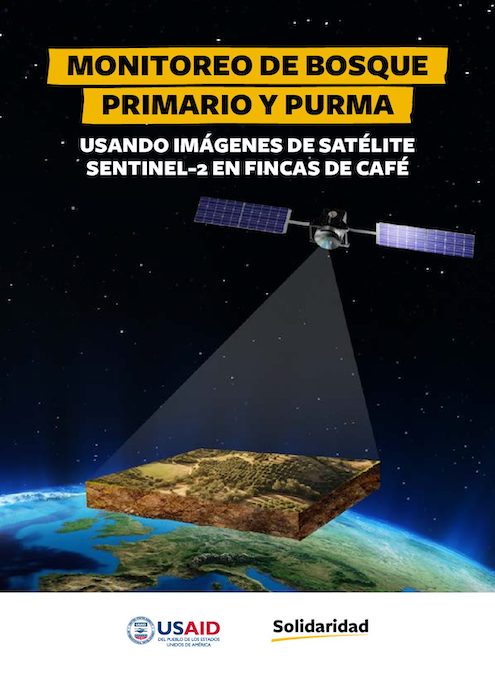
As demand for due diligence information in supply chains grow, there is increasing pressure on suppliers and producers to demonstrate compliance with directives and regulations. This pilot for monitoring primary and fallow forests was developed by Solidaridad to understand whether farmers trained in low-carbon agricultural practices are continuing to implement the practices and conserving forests, and to understand their level of awareness of deforestation-free production practices. During the pilot, the tool was tested with 727 coffee farming families with the objective of extending use of the tool to other production chains. The results demonstrate the changes in forest cover on coffee farms since 2018 in comparison with previous years.
This tool contributes to the goals established by the Cocoa, Forests and Diversity Agreement in Peru that supports efforts to comply with new European Union regulations concerning deforestation and commodity sourcing, including coffee, oil palm, and cocoa, and others.
The methodology was developed under the framework of the Café del Futuro Project, which was supported by NICFI, Norway’s International Climate and Forest Initiative. Under the framework of Amazonia Connect initiative, the methodology was validated by Geobosques as an important tool for forest management serving the interests of public and private actors in Peru.
Amazonia Connect is a partnership between USAID, Solidaridad, Earth Innovation Institute, National Wildlife Federation, and the University of Wisconsin-Madison. Together with USAID’s Amazon Regional Environment Program, producers, companies, local governments and financial institutions, Amazonia Connect promotes and scales the adoption of low-emission commodity production to improve biodiversity conservation and climate resilience in Brazil, Colombia, and Peru.
This publication was made possible thanks to the generous support of the people of the United States of America through the United States Agency for International Development (USAID). The contents of this publication are the responsibility of the authors and do not necessarily reflect the views or positions of the U.S. Agency for International Development or the U.S. Government.
